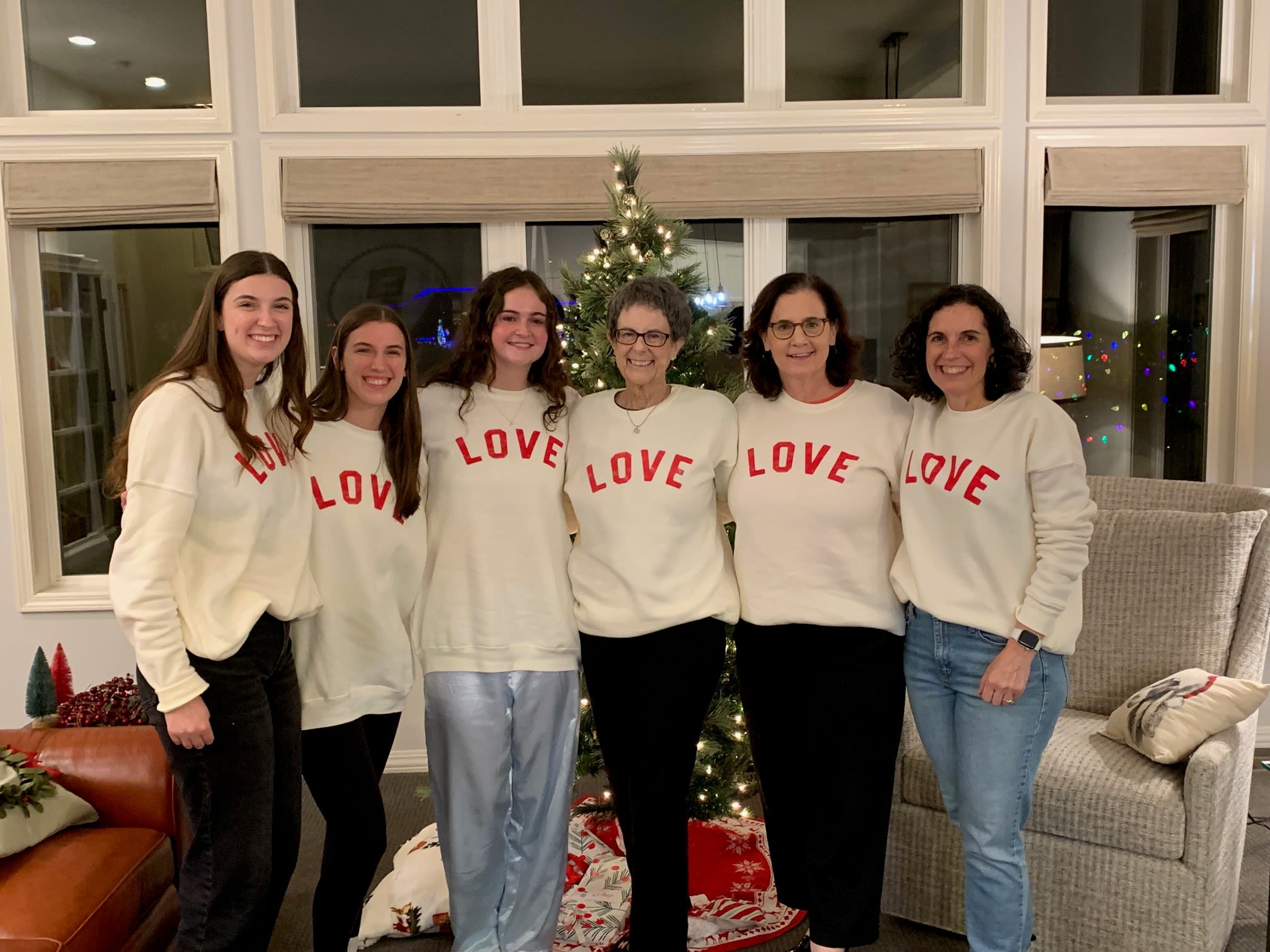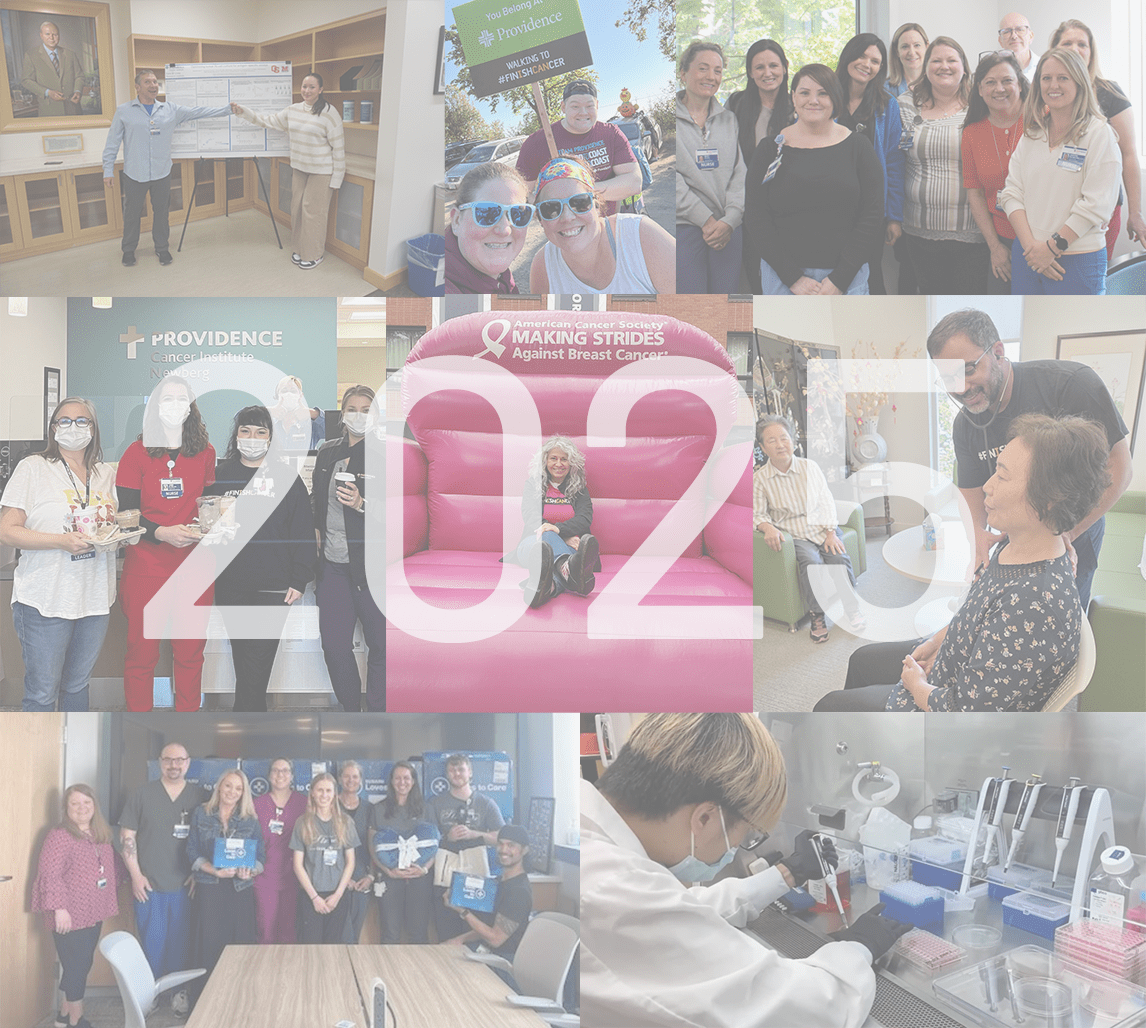MRI-guided radiotherapy is a gamechanger in treating prostate cancer
In 2020, Providence Cancer Institute of Oregon expanded its radiation oncology capabilities by introducing the ViewRay MRIdian Linac machine. Using MRI-guided radiation, Providence radiation oncologists can precisely target tumors for destruction while minimizing damage to surrounding normal tissue. Providence was the first facility in the Pacific Northwest and the first community hospital in the United States to offer the technology – the biggest advancement in radiation oncology in over two decades.
Higher dose, fewer days of treatment
Less than 20 years ago, standard radiation therapy required small daily doses over a period of up to nine weeks. In the past decade, enhanced technologies have made it possible to increase dosage over fewer days. Now, precision radiation delivery takes radiotherapy a step further by allowing us to treat some cancers, including prostate cancer, with higher doses in only five days of radiation.
“This is a game changer in radiotherapy, especially in how we treat pelvic, abdominal and thoracic tumors,” said Kristina Young, M.D., Ph.D., medical director, radiation oncology, Providence Cancer Institute, and radiation oncologist at The Oregon Clinic.
“We’re able to target tumors we couldn’t in the past, while also improving accuracy and avoiding surrounding radiation-sensitive organs. Having the ability to observe the slightest shift of a mass in proximity to surrounding organs makes it possible to safely deliver a 50% higher dose of radiation compared to a standard linear accelerator. And protecting normal organs and tissue helps reduce the risk of detrimental complications and side effects.”
MRI-guided radiation study shows better outcomes for patients with prostate cancer
New findings from a recent phase III randomized trial published in JAMA Oncology showed people who received MRI-guided radiotherapy for prostate cancer had significantly reduced toxic effects compared to people who received computed tomography (CT) guided radiotherapy.
The MIRAGE study, conducted at the University of California Los Angeles, enrolled 154 men aged 18 years or older who were receiving treatment for prostate adenocarcinoma. Researchers observed that:
-
None of the patients in the MRI group had more than 2% acute grade gastrointestinal toxicity compared to a 10.5% toxicity rate in the CT group.
-
The acute GU (genitourinary) toxicity rate was 19% lower with MRI guidance compared to CT guidance.
According to Stephen Bader, M.D., radiation oncologist at Providence Cancer Institute and The Oregon Clinic, “MRI-guided radiotherapy allows us to localize the prostate very precisely and track the prostate as we treat it. Additionally, high-dose treatment is 95% successful – the same cure rate as conventional radiation. While both kinds of radiation have side effects, findings from the MIRAGE study demonstrate MRI-guided radiotherapy offers superior outcomes for patients with prostate cancer.”
Providence prostate cancer patient receives only five treatments
For 75-year-old prostate cancer patient Nathan Fierman, high-dose radiotherapy was worth the nearly 600-mile trip from Sun Valley, Idaho, to Portland to receive MRI-guided treatment under Dr. Bader’s care at Providence Cancer Institute. While neither was involved in the MIRAGE study, Nathan’s treatments were completed in two weeks with favorable outcomes. “Low-risk patients like Nathan are ideal candidates for high-dose treatment,” said Dr. Bader.
Transforming radiotherapy through research
Studies that evaluate MRI-guided radiation in combination with other therapies are essential to learning more about how to improve cancer treatments. For example, a new quality-of-life study at Providence will evaluate surveys from patients with prostate and breast cancers over the course of their treatment. One arm of the study will deliver radiotherapy via the MRIdian machine, the second arm will deliver radiation via a standard linear accelerator. Patients will complete the survey before, throughout and following treatment to score their quality of life with different radiation modalities.
Between May 2020 and May 2022, 198 Providence patients were treated with MRI-guided radiotherapy. As we continue to expand our understanding of how MRI-guided radiotherapy works to improve treatments for prostate cancer and other tumor types, more clinical trials will be made available for patients.
To learn more or to refer a patient
We help make cancer treatment more manageable for patients who must travel by providing transportation resources as well as housing at the Providence Guest House. Learn more by visiting The Elsie Franz Finley Radiation Oncology Center at Providence Cancer Institute or call 503-215-6029.
To refer a patient to a clinical trial
-
Call 503-215-2614.
Watch this AM Northwest interview with Dr. Young to learn more about MRI-guided radiation therapy at Providence.
Related news
Three studies focus on improving treatments for gastrointestinal cancers



